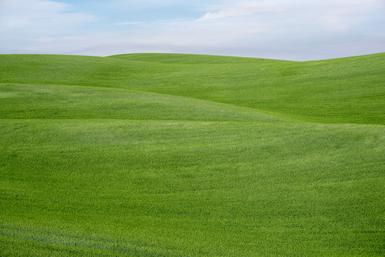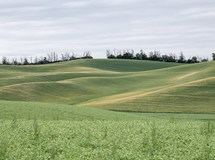Wheat Three 2019
(Apologies: the blog was delayed as I took off for a week or so, first to the Cape and then to Martha's Vineyard. Just escaped the big winds from the edge of Dorian yesterday as I left the island. The ferries shut down after I left in the late morning.)
In the last post we looked at work fom Day 3 and 4. For this one we'll move on to Day 5 (the aerials) and Day 6.
For the past fifteen years or so I have included photographing aerially in most of the locations I go to. While some projects are aerial only, the Wheat pictures combine aerials with photographs made on the ground.
Day 5
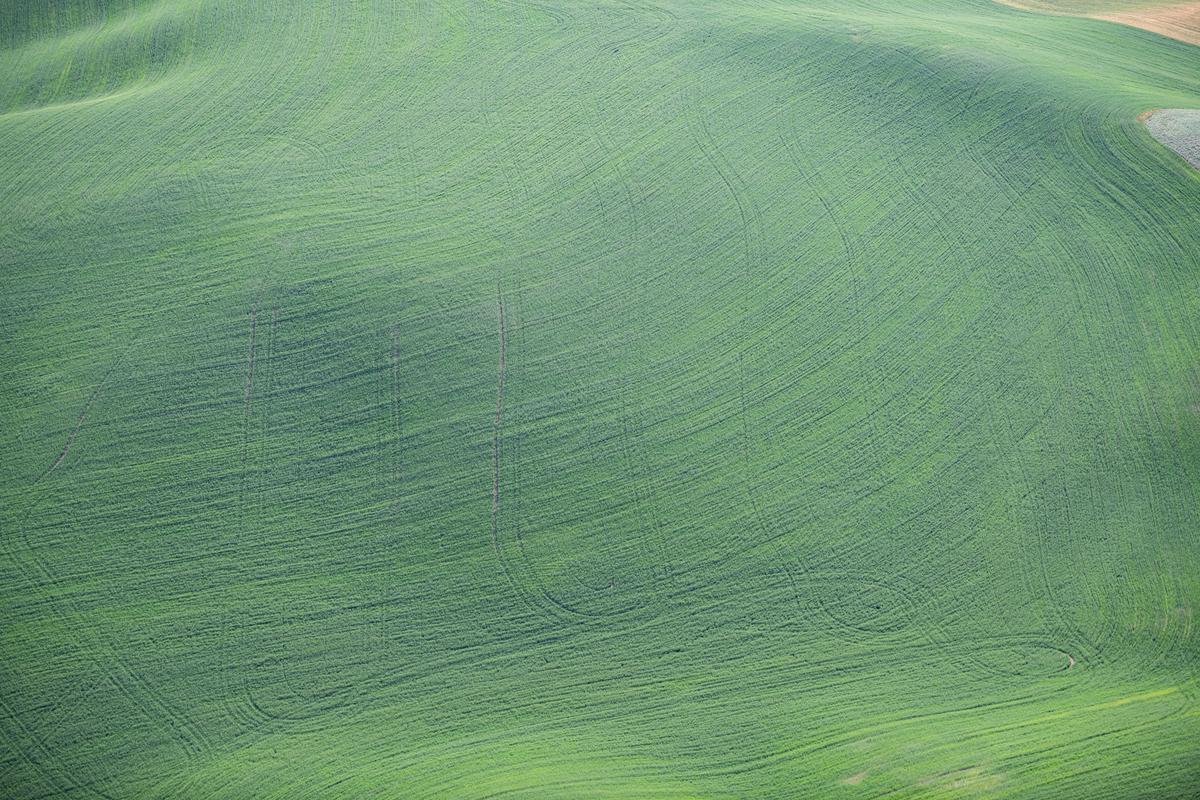
There are so many variables in working aerially that you can't always predict the flight's success. To name a few: turbulence, clarity, time of day, time of year, temperature, where you choose to fly. With the prevalence now of consumer drones I often get asked if I use drones to make my pictures. I do not. In an hour or so over the Palouse I can cover a massive amount of territory. A drone is much more limiting and has to be landed, put back in the car and then driven to a new area.
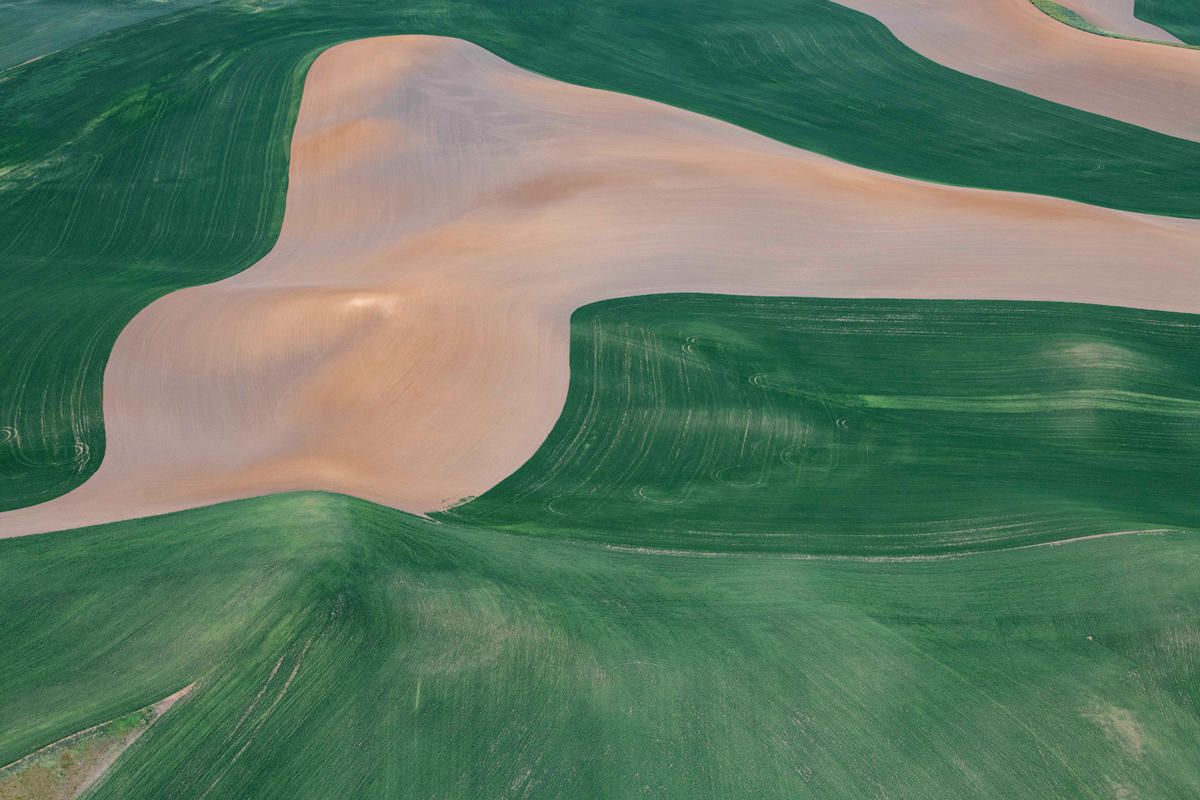
Although I got a few from this year's flight that will remain in the portfolio, my success rate was lower than in past years.
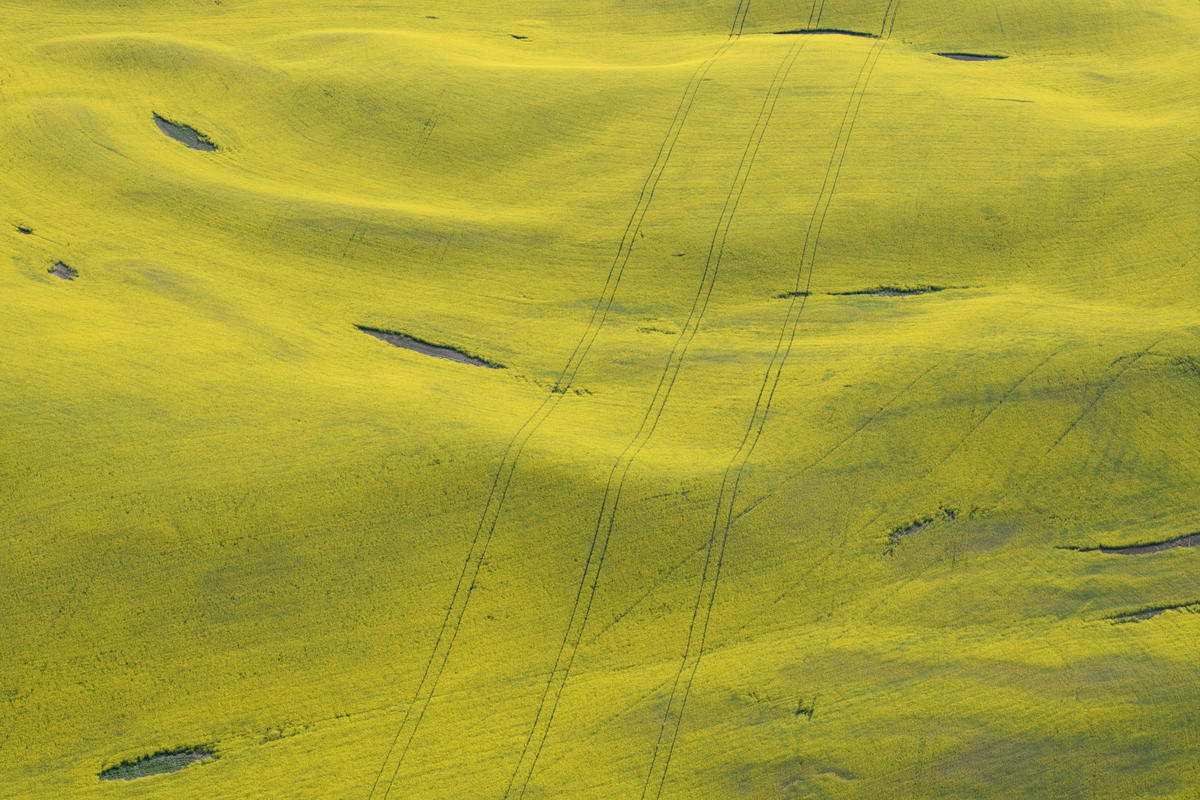
Sometimes the photo gods ignore you and sometimes they shine down on you.The day before from the plane I'd made this one:
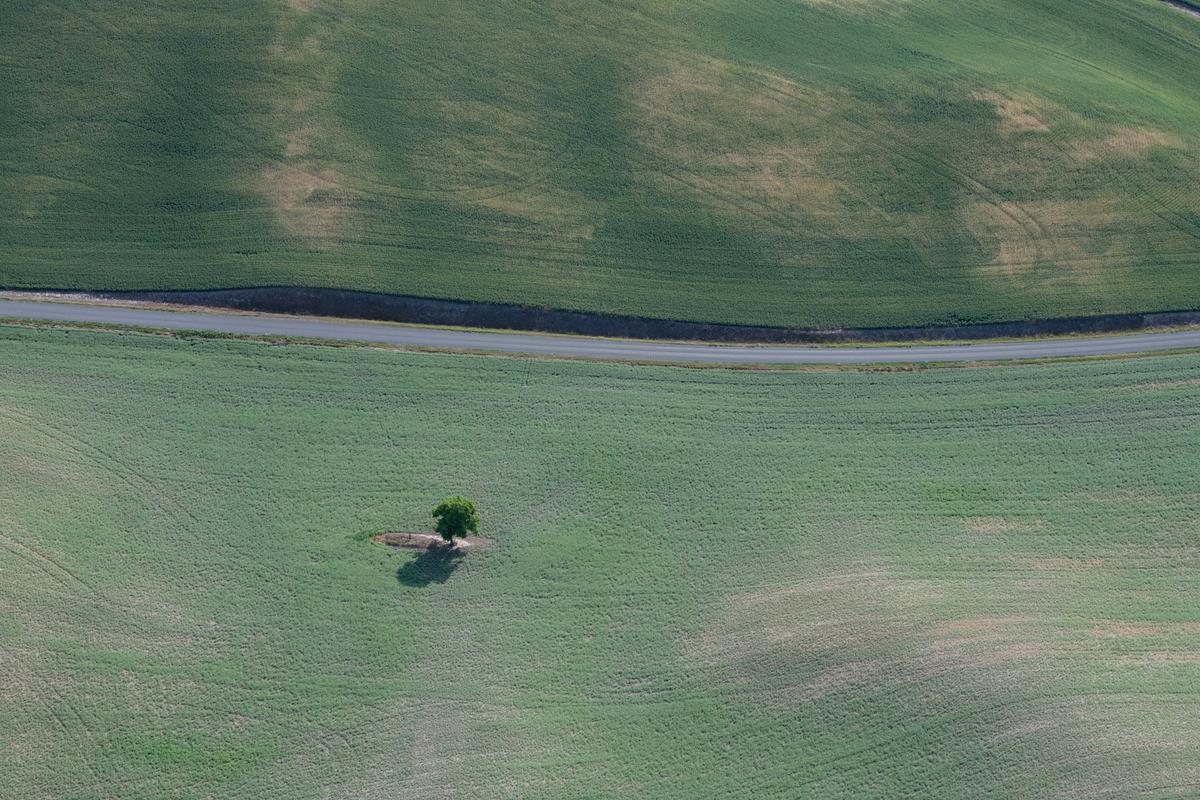
Day 6
Then, on Day 6 I came across this:
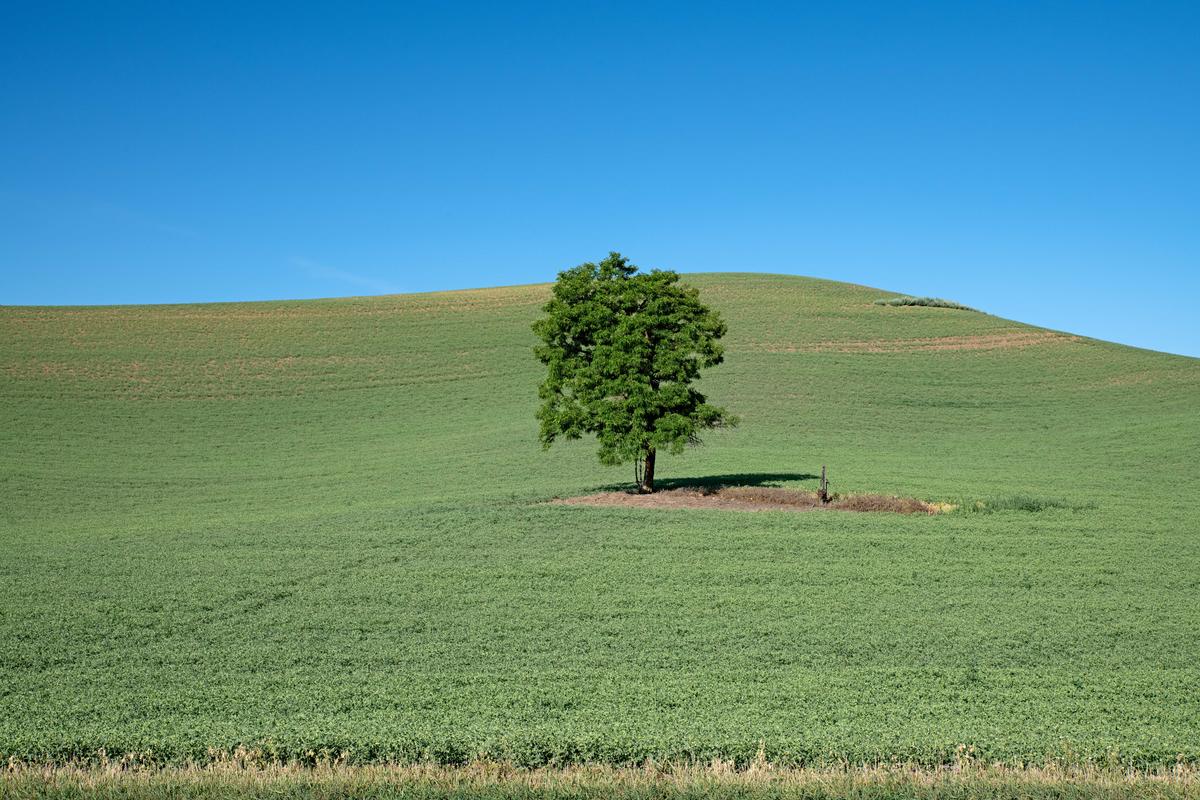
Day 6 was good, clear and calm. Wind can be bad, it makes it difficult to hold the camera steady making for unsharp photographs. Tripods can lose their effectiveness as they shake too in the wind.
After now many years of making pictures in the Palouse, I know that some of my photographs will sift down to be iconic in support of the overall work, standing as symbols for the work made that year. For instance:
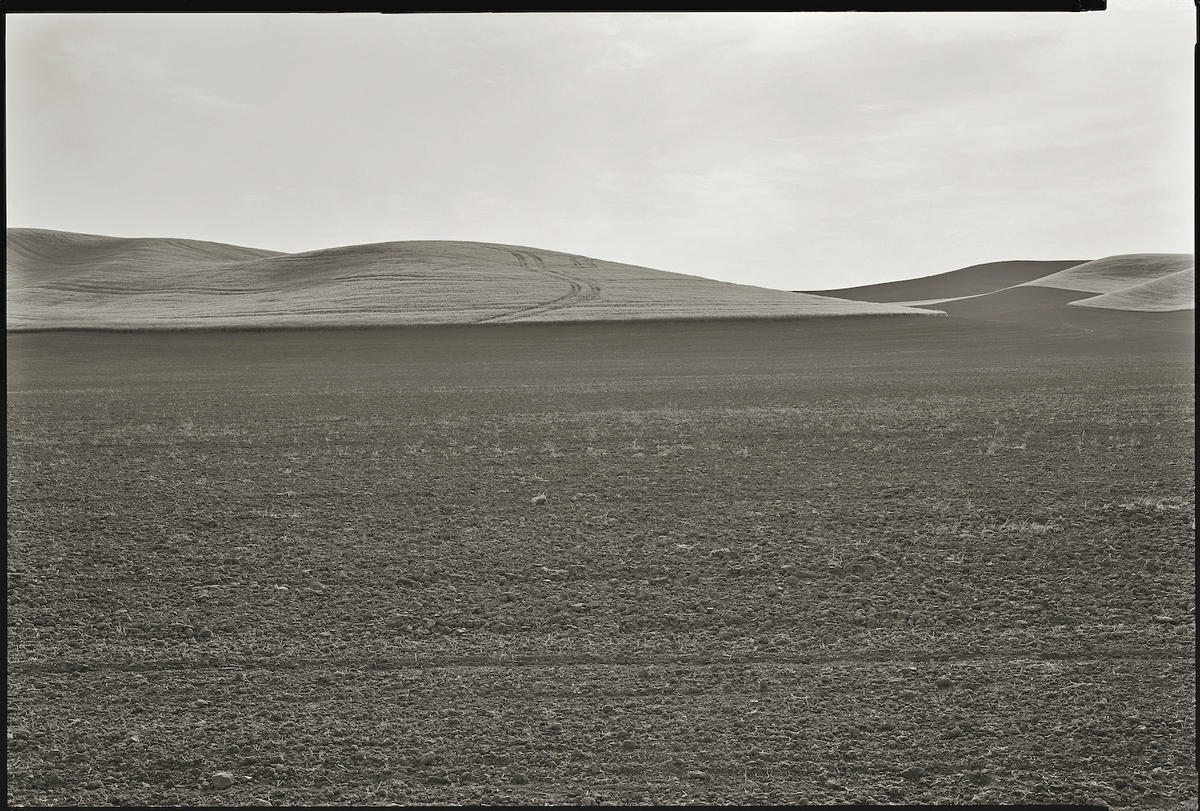 1996 (from the permanent collection of the Peabody Essex Museum, Salem, MA)
1996 (from the permanent collection of the Peabody Essex Museum, Salem, MA)
or:
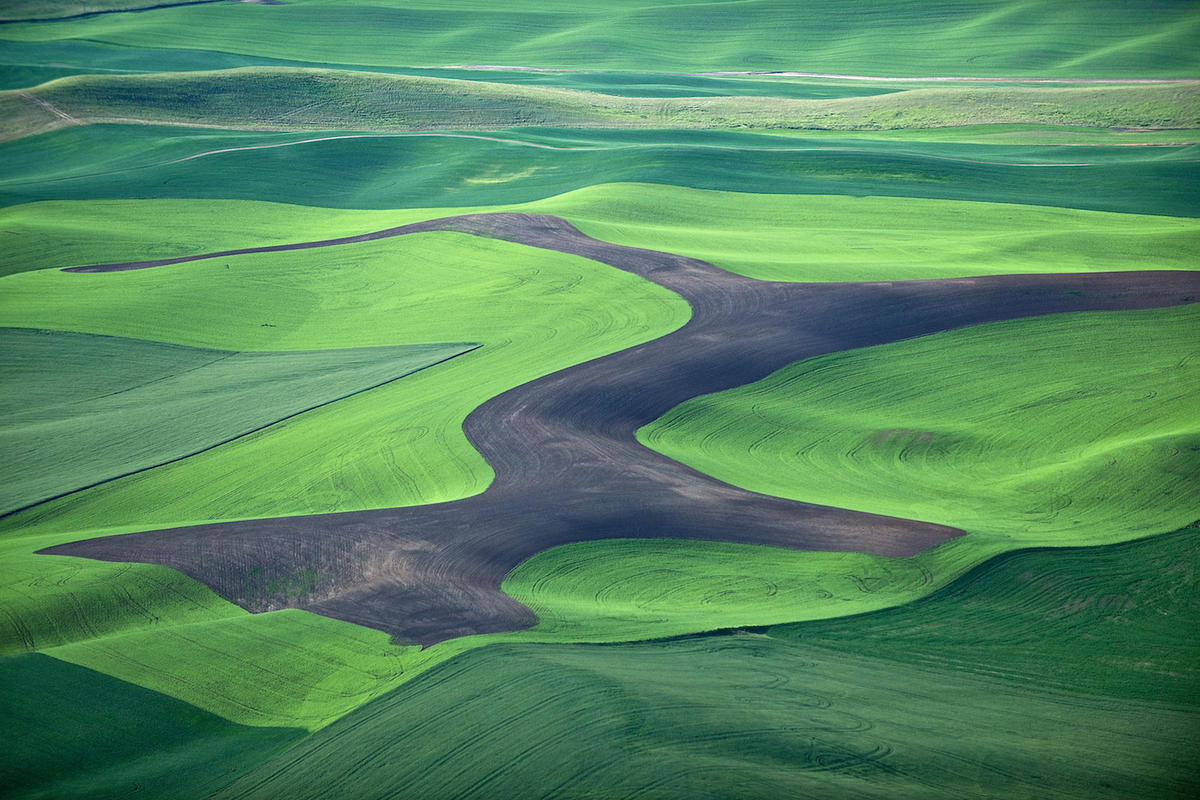 2009
2009
or:
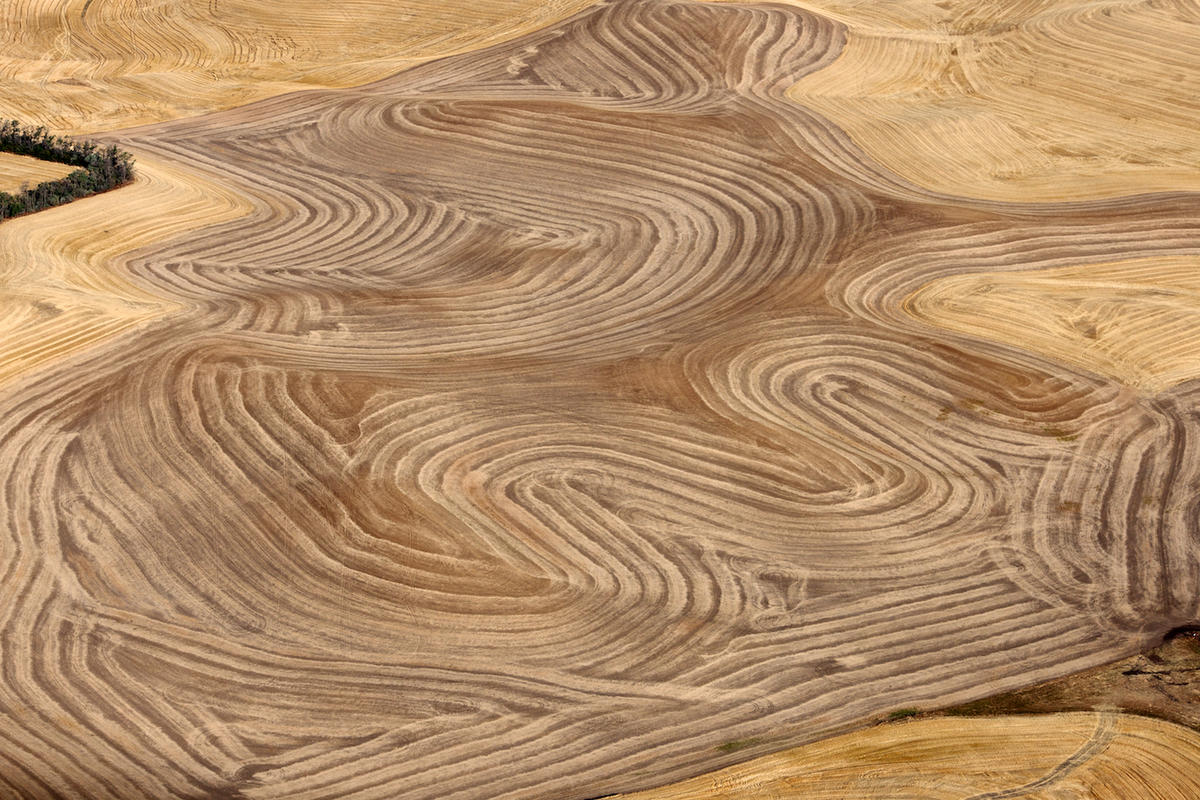 2010 (from the permanent collection of the Houston Museum of Art, Houston, Texas)
2010 (from the permanent collection of the Houston Museum of Art, Houston, Texas)
Back to my original intent with this series of blogs: experience counts. Got something you feel passionate about? Does it have an element of time to it? Is it something you could go back to and photograph again and again, building the quality of the work over multiple trips, taking months or perhaps years to complete? Stick to it. Who says the first time you see something is the best time to photograph it? Different seasons, different days, different light, different times. Excellent landscape work is often improved through a deep knowledge of what is in front of you and the camera. Want substance, subtlety, nuance and emotion from your landscape photographs? Don't go for the cheap shot: over saturated colors, fake skies, cliche, enhanced, over cooked, super sharp. Fake Fake Fake, I say. Keep the long view on your work, don't go for cheap thrills.
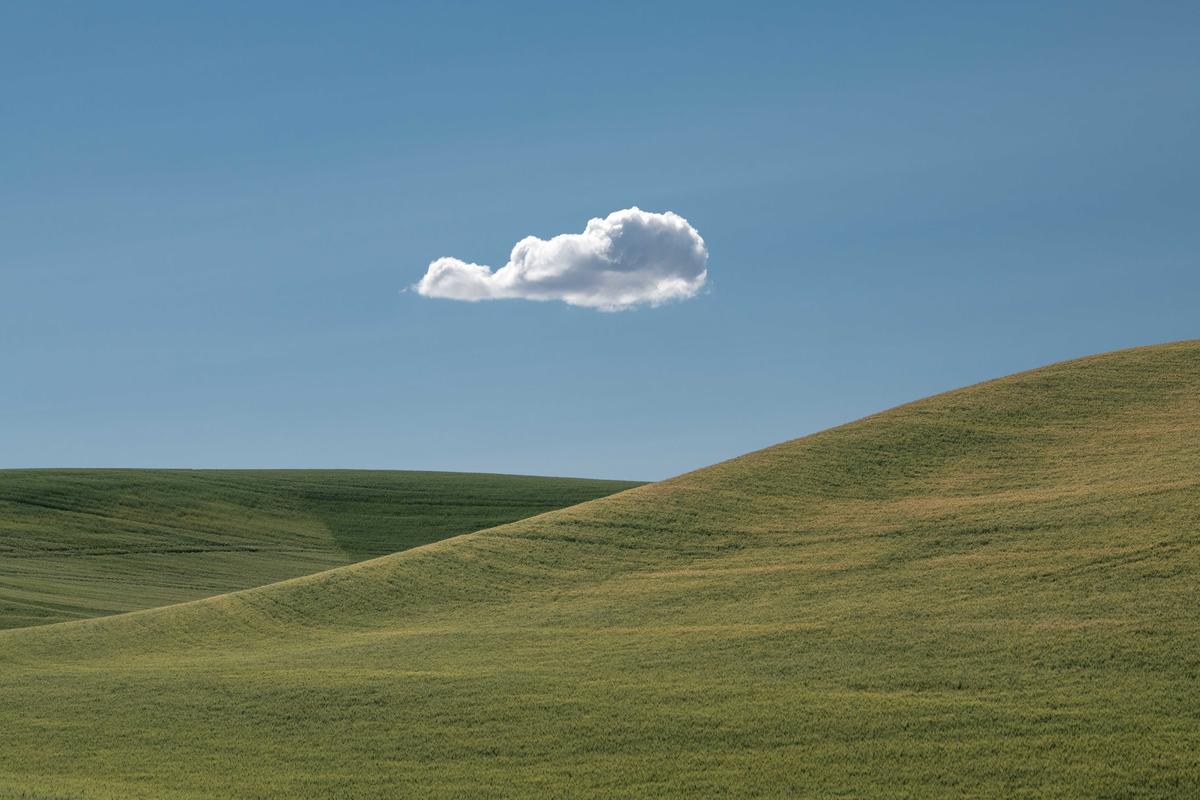
This one, above, and the one below will, I am sure, serve as iconic photographs for this year's trip
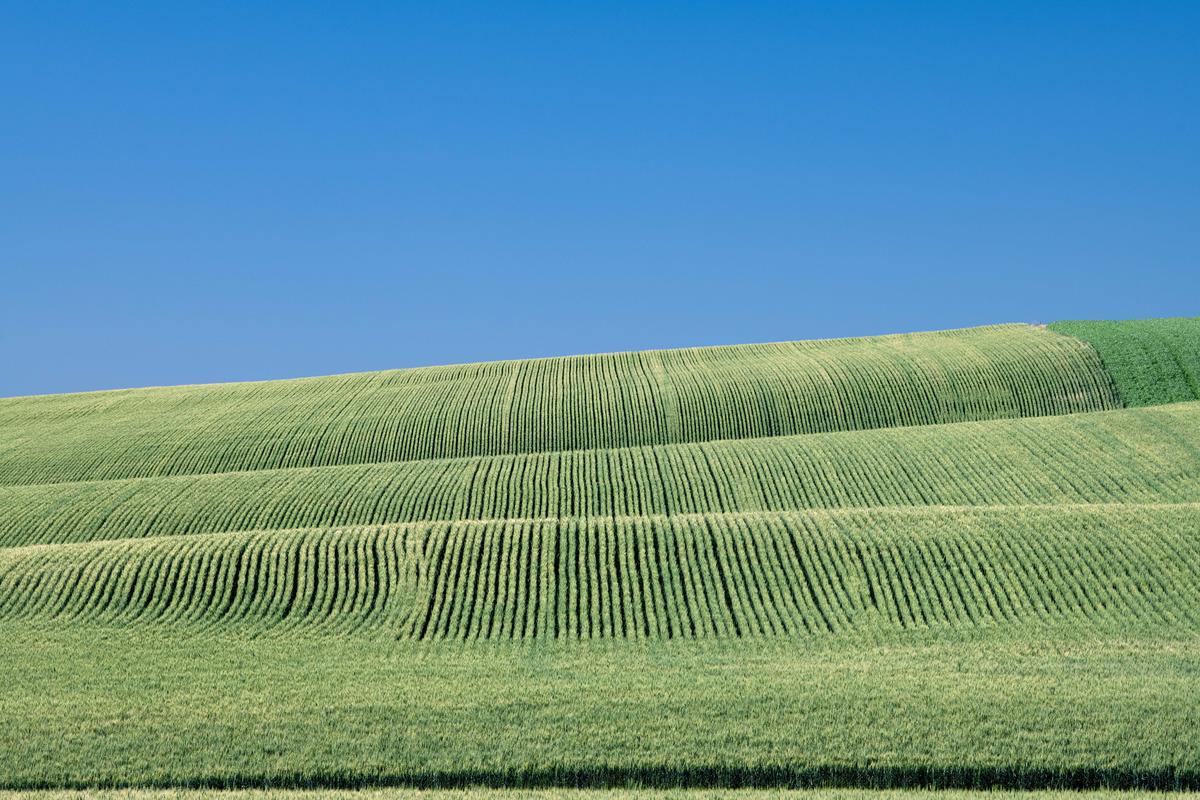
End of summary of days 5 and 6.
Next up, we'll finish. with my final photographs. Stay tuned.
